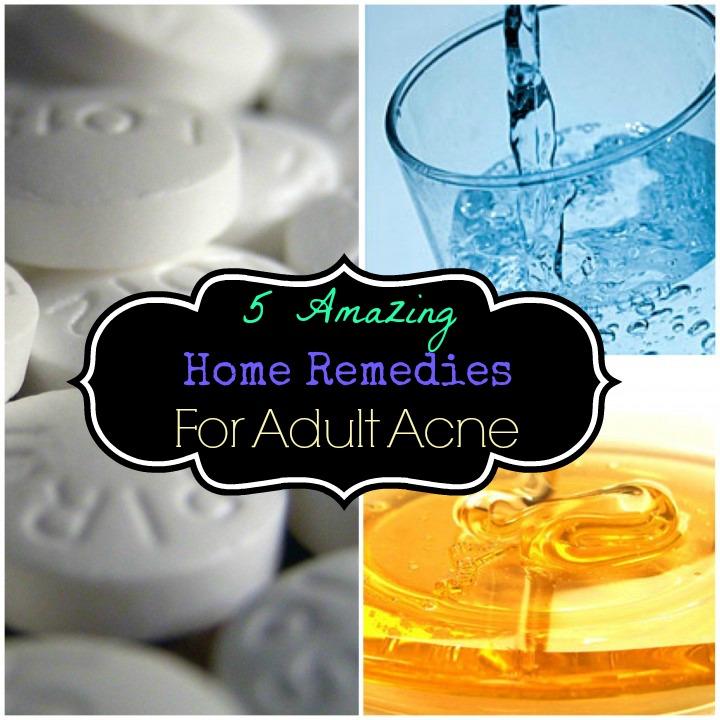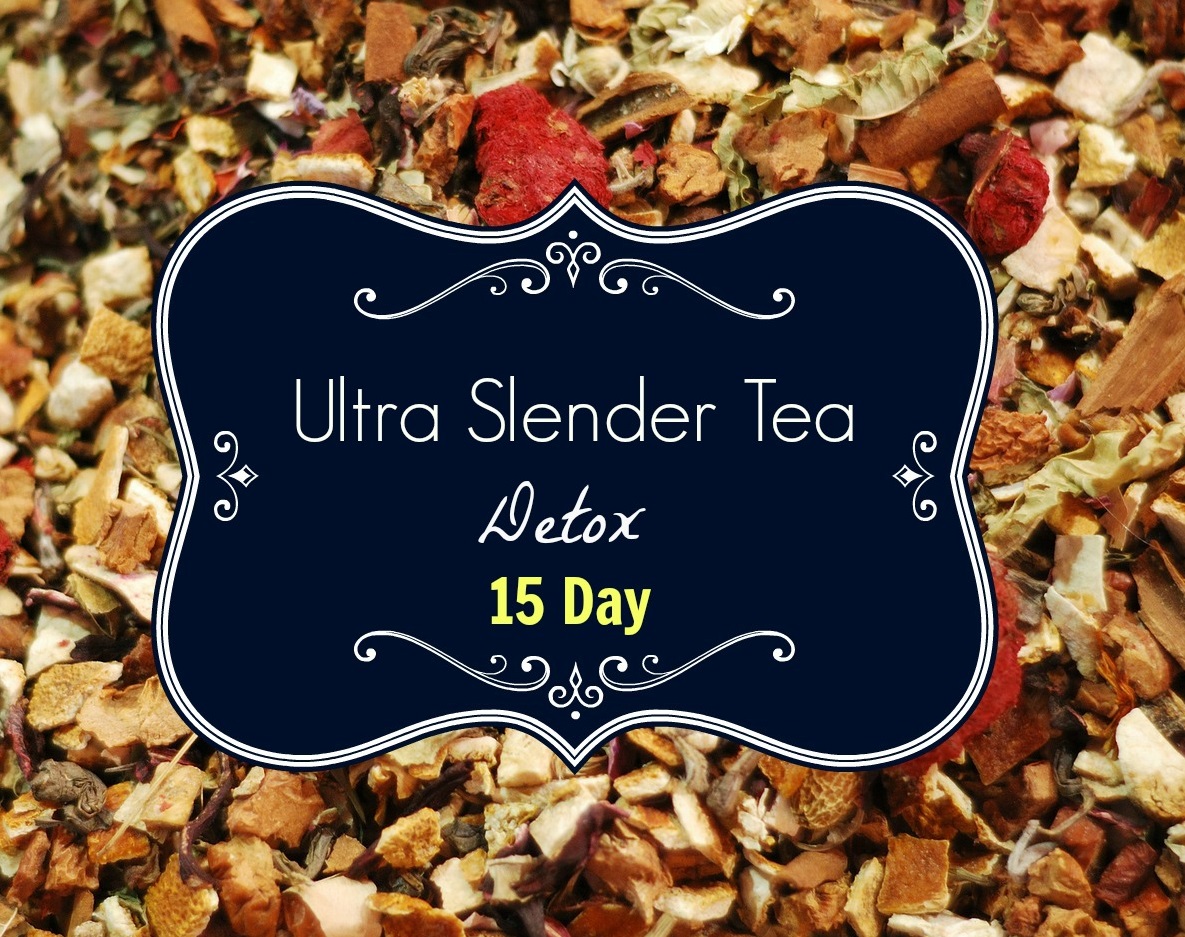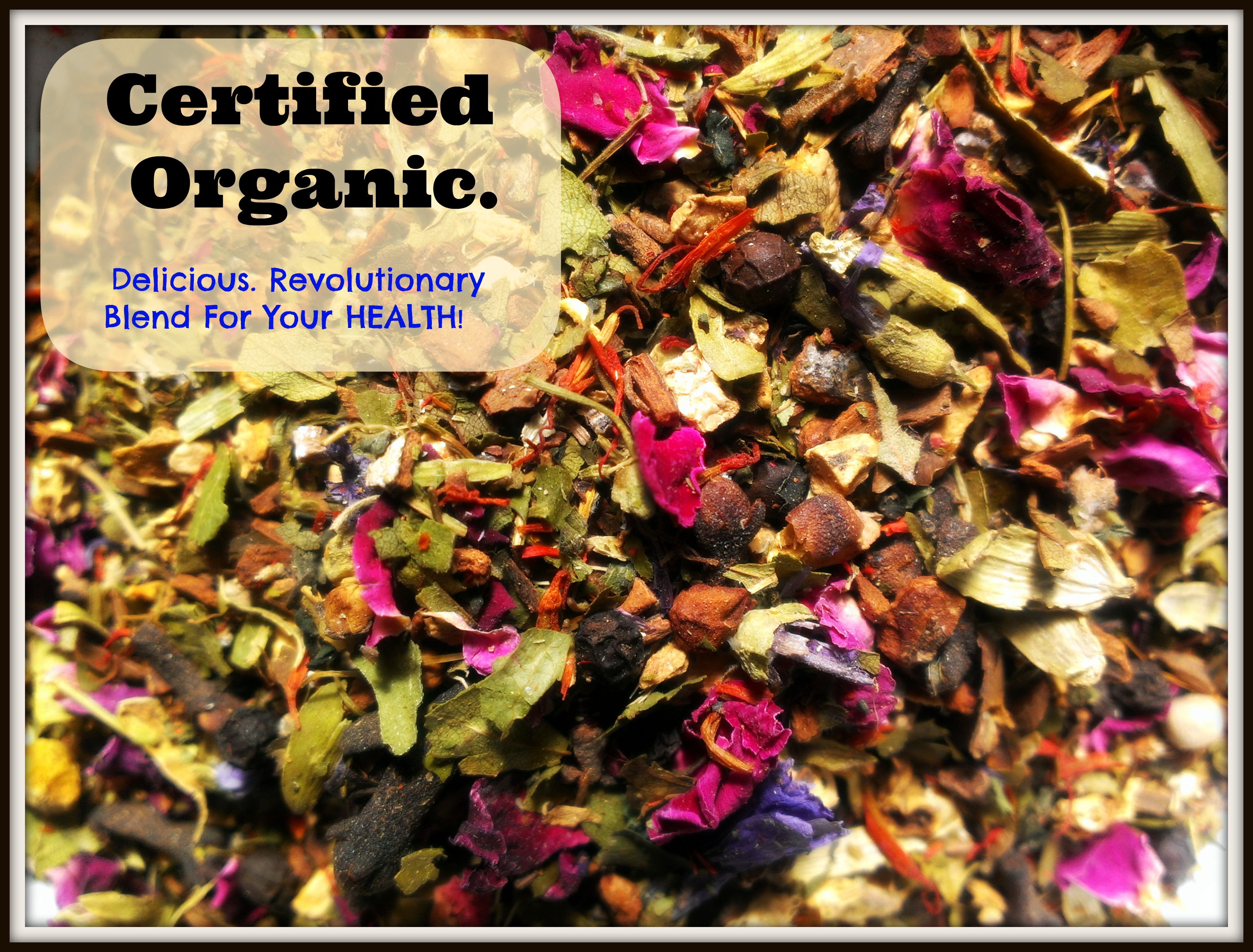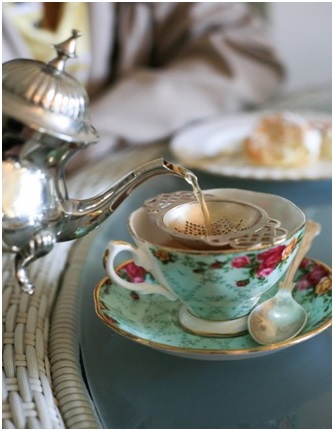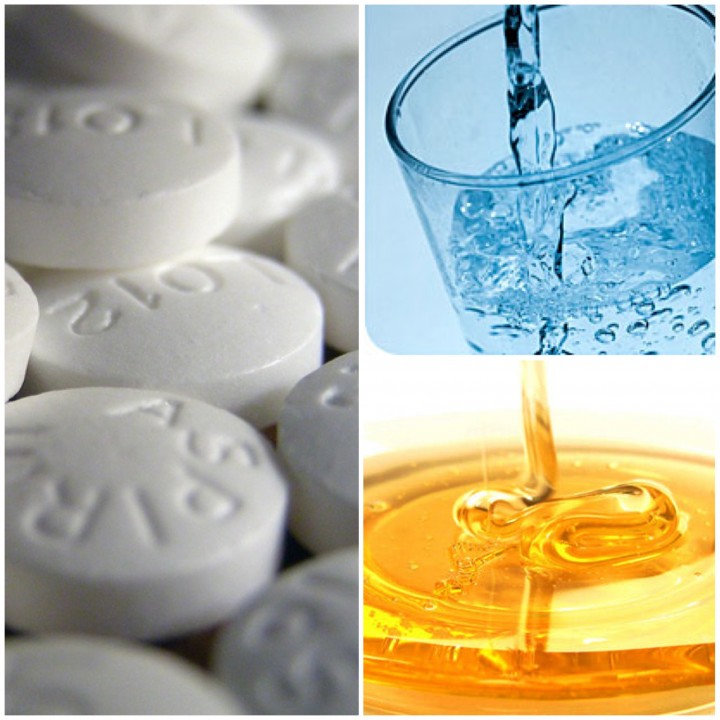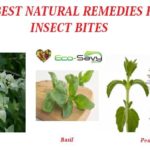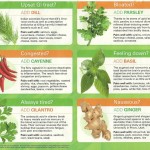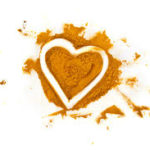Let’s face it, getting adult acne is no fun! However, it is a lot more common than you would think. In fact, a 2012 study published in the Journal of Women’s Health found that nearly half of all women ages 21 to 30, a quarter of women ages 31 to 12, and 12% of women ages 41 to 50 get acne. No matter how old we are, pimples usually form in the same time- honored way: Pores—which contain oil glands—become blocked, letting dirt, bacteria, and cells build up and form a plug.
Why We Get Adult Acne?
For most women, hormonal changes, either around the monthly cycle or during a menopausal shift, are the culprit. But dietary imbalances and stress also cause flare-ups. “Acne in adults is like a whistle blow. Often it’s a sign that something else not quite right is going on,” says Michael Murray, ND, a naturopath and coauthor of The Encyclopedia of Natural Medicine.
Home Remedies For Acne
Have no fear though! There are some amazing home remedies to treat adult acne that are very inexpensive. Below I list five tried and true examples of remedies that work !
1. Tea Tree Oil For Skin
Less irritating than its chemical cousin benzoyl peroxide, tea tree oil has a long history of fighting mild to moderate acne outbreaks. The oil, which comes from the leaves of a tree native to Australia, has antiseptic properties that help reduce acne-causing bacteria on the skin and quell inflammation in skin cells. “We’ve seen it work against a wide range of organisms, including 27 of the 32 strains of acne-causing bacteria,” says Murray.
Multiple studies, including a review last year in the International Journal of Dermatology, back the plant’s power. You can find tea tree oil in a wide variety of soaps, skin washes, and topical solutions. Look for a minimum concentration of 5% of the oil (up to 15% for more severe acne). Below is the tea tree oil cream that I use. It contains vitamin E and is less potent than others, but works 10 times better (according to me). Other tea tree oil creams are soo strong and leave the skin way to dry. This formula is geared more towards adult men and women, not teens.
2. Detox Tea
This is my number one suggestion!…and I bet you are surprised to see this on the list. Why detox tea? Well, a lot of the time we get acne is because of what we have been eating. A gentle detox can help clean your kidney and liver, flushing out the “gunk” which may be contributing to your skin problems.
Some detox’s tea like Ultra Slender Tea’s 15 day detox even have rooibus and dandelion root, which do miracles for acne.
The dandelion plant has a bad reputation as a weed, but it’s actually an excellent source of vitamins A, C, D and B, as well as the minerals iron, potassium and zinc…and zinc works miracles for your skin. Ultra Slender Tea has the highest concentration of dandelion root, compared to any other detox tea on the market.
According to a research that was published in 2009, the dandelion root is a natural agent used for detoxification on a very common scale. It has the ability to easily remove all toxins from your liver and kidneys. Apart from that, it also helps in curing acne that is caused to an excess of bacteria, or due to a hormonal imbalance.
When preparing a cup of Ultra Slender Tea, you should keep some tea aside for later use on your skin! Before bed try using the tea water on your face where the acne is present, allowing for a much cleaner and smoother skin. Since dandelion roots contain a number of detoxification properties, you can also be sure that very soon, it would suck out the toxins present in your skin, leaving you with smoother and clearer skin.
3. Aloe Vera
Aloe vera is often associated with wound healing and soothing of burns, but it is loaded with vitamins and can nourish your skin while preventing acne scars. Specifically, aloe vera will reduce the diameter of your acne boils and reduce their redness. How? Aloe Vera contains over 75 different nutrients and vitamins, minerals, enzymes, sugars, anthraquinones or phenolic compounds, lignin, saponins, sterols, amino acids and salicylic acid. Additionally, aloe Vera contains 19 of the 20 amino acids required by the human body for good health. The human body however produces only 12 of these. Then 8 outstanding amino acids (also known as “essential” amino acids) have to be consumed as food or drink.
For aloe vera to benefit the skin, one must either drink aloe vera juice or apply it topically. In a study by Dr. Davis et al. it was found that when animal drank Aloe Vera orally they experienced a 62.5% reduction in would diameter compared to animal who drank plain water for 2 months (control). Note, the mice received 100 mg/kg/day of aloe vera.
Dr. Davis, et al. and his team also published that when aloe vera is applied topically to mice, they experienced a 50.8% reduction in wound diameter. Although this is a 11.7% reduction in improvement compared to drinking aloe vera, it is still a significant improvement in would healing. Specifically, the scientist put a 25% w/v concentration in Eucerin cream.
4. Aspirin Face Mask
Did you know that aspirin contains salicylic acid, which is one of the most commonly used ingredients in acne products today. Salicylic acid cleans out pores and exfoliates the skin (which is ideal for sloughing away fine lines and wrinkles too). Aspirin is so great for acne and is one of the strongest anti-inflammatory ingredients you can find in your cupboard. Hence, it will immediately reduce redness.
For it to be most effective as an “at home remedy for acne” you will need to crush it and use it as a face mask.
What You’ll Need:
5-7 Uncoated aspirin pills
Distilled Water (bottled water like Fiji or Evian)
1 tsp Organic Honey
Instructions:
In a mug, drop the aspirin in with just enough distilled water to create a paste consistency. Let the aspirin dissolve in the water (you can mix a bit if necessary). If it seems a bit too pasty, add more water. If it is too liquidy, add another aspirin. I’d advise not to use more than 8 aspirin. Once you have your paste at the consistency that you like, you can apply to skin as is. However, I find that by adding 1 teaspoon of organic honey, the mask is less drying to the skin. You also receive the added benefits of honey (and I love honey for acne-prone skin) so I have included honey in my directions. You could also sub the honey for olive oil if your skin is extra dry or irritated.
How to Use:
Apply to the face, jaw, chest, back – any area that is prone to breakouts. Leave on for 7-15 minutes. This is great for men too as aspirin is wonderful for ingrown hairs (i.e. beard acne). Use up to two times a week but make sure that you make a new batch each time you use.
*You will notice an immediate glow to the skin once you rinse off the mask. Skin will feel heavenly soft and look luminous. Blackheads should decrease after the first use as well. Enjoy!
5. Blue Light For Acne
It was found that some of the visible violet light, present in sunlight, in the range 405-420nm activates a porphyrin (Coproporphyrin III) in Propionibacterium acnes which damages and ultimately kills the bacteria by releasing singlet oxygen. A total of 320J/cm2 of light within this range renders the bacteria non viable. This part of the spectrum is just outside the ultraviolet and produces little if any tanning or sunburn.
The Caribbean Sun Box Red and Blue Light Therapy Acne Treatment Professional Model RB-PRO is a highly effective light therapy light box that uses LED lamps of a specific wavelength to treat acne. Using the Caribbean Sun Box Red and Blue Light Therapy Acne Treatment Professional Model RB-PRO a few minutes a day can lead to beautiful acne-free skin. Measuring just 5.5″ x 9″ x 1.25″, it easily fits on a desk, table, or countertop.
Application of the light for 3 consecutive days has been shown to reduce the bacteria in the pores by 99.9%. Since there are few porphyrins naturally found in the skin, the treatment is believed safe except in patients with porphyria; although eye protection is necessary due to light sensitive chemicals in the retina. The light is usually created by fluorescent lamps, bright LEDs or dichroic filament bulbs.
Treatment is often accompanied with application of red light which has been shown to activate ATP in human skin cells (essentially a photobiomodulation effect), and seems to improve response rates. Overall improvements of on average 76% for 80% of patients occurs over 3 months; most studies show that it performs better than Benzoyl peroxide but treatment is far better tolerated.
Note: if the above blue light acne treatment is too expensive for you, maybe start with the Illumamask? I included the link below:

